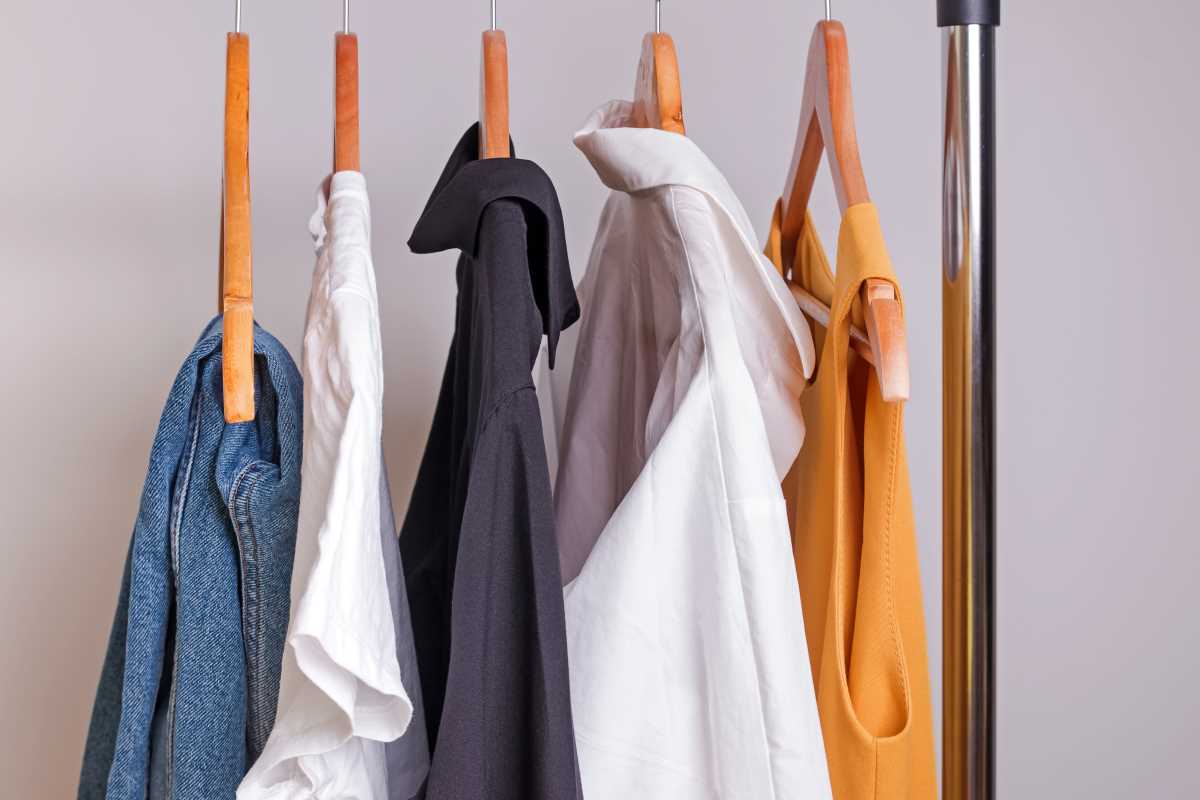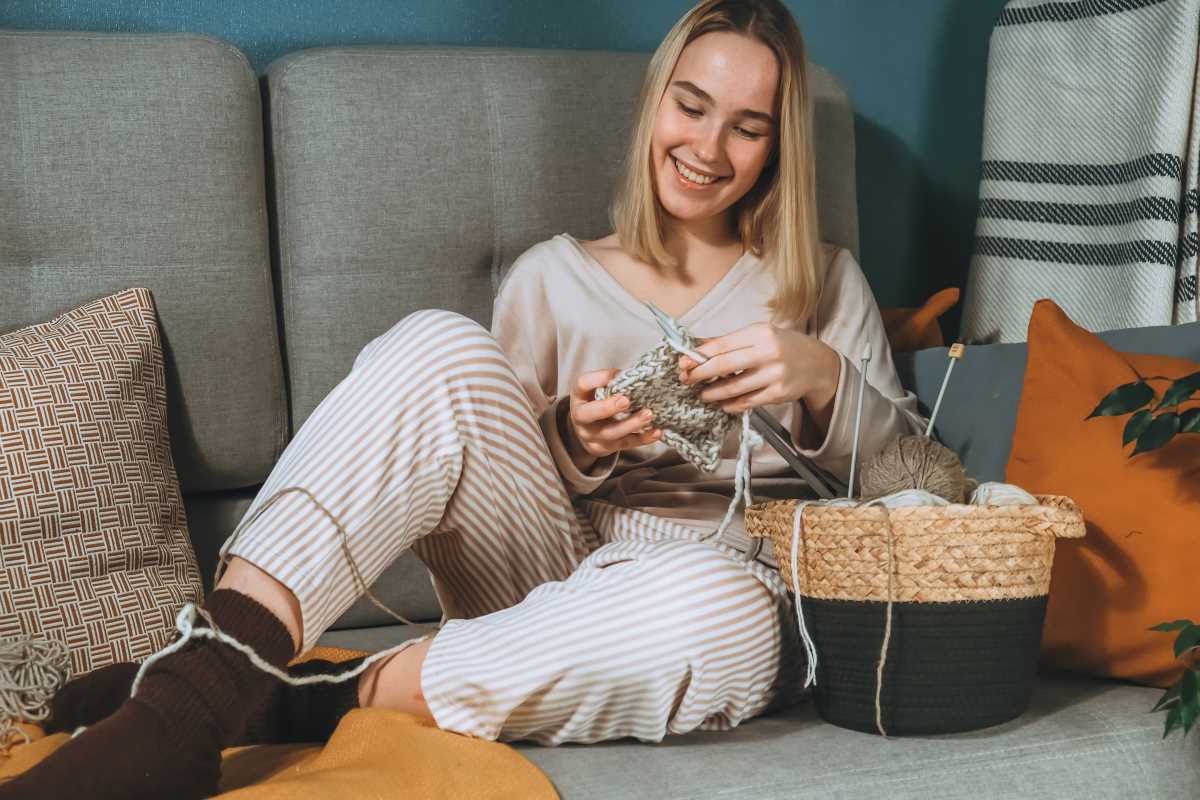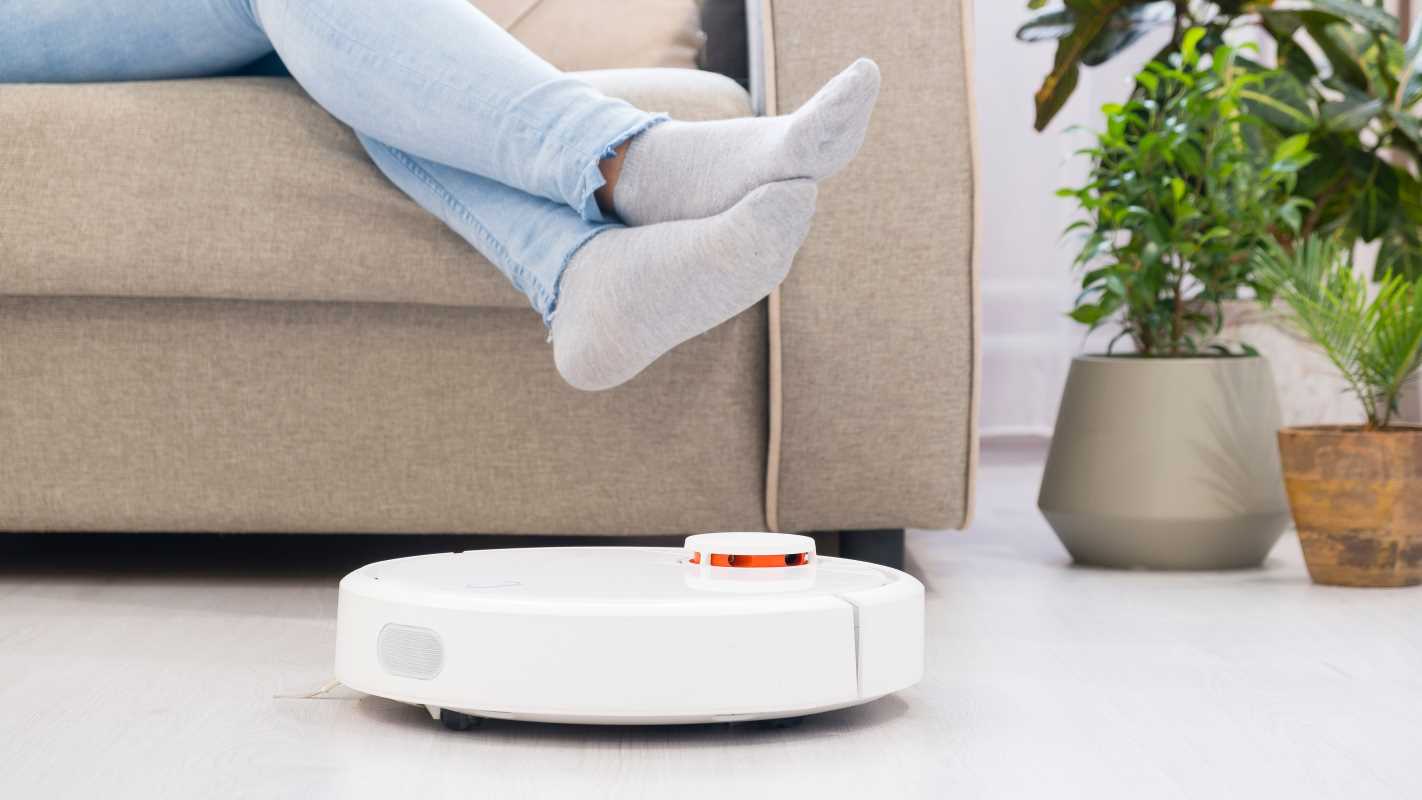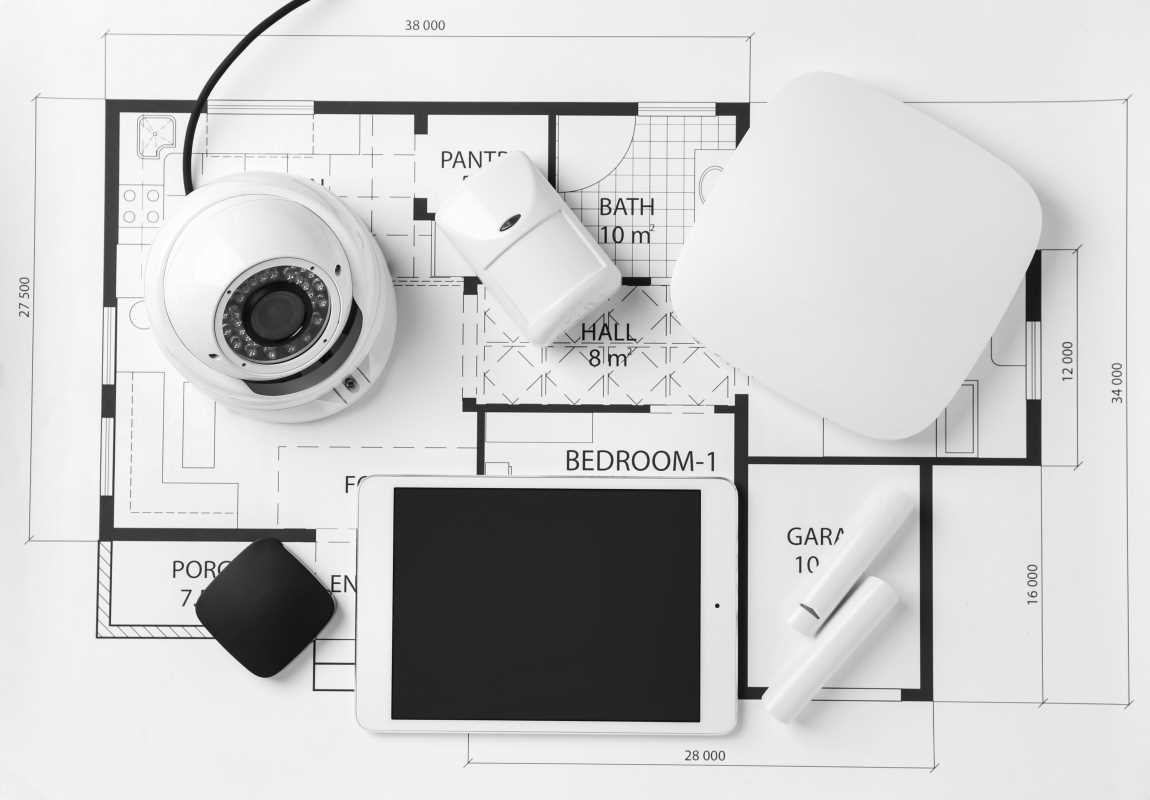Minimalist fashion isn’t just about owning fewer clothes—it’s about thoughtful choices that prioritize quality, versatility, and personal style. Instead of constantly chasing trends, minimalist wardrobes focus on timeless pieces that suit your needs and preferences.
This approach goes beyond aesthetics. It can simplify your daily routine, help you save money, and contribute to sustainable fashion practices, all while freeing up mental space for more meaningful decisions.
Why Minimalist Fashion Makes Life Easier
A cluttered wardrobe can make mornings stressful. Standing in front of an overfilled closet, wondering what to wear, wastes valuable time. Minimalist fashion eliminates decision fatigue by limiting your choices to items you genuinely love and wear regularly.
Benefits of minimalist fashion include:
- Streamlined mornings: Fewer options mean quicker outfit decisions.
- Less stress: A well-curated wardrobe eliminates the frustration of mismatched or ill-fitting items.
- Clarity in style: You develop a signature look by focusing on timeless pieces.
- Eco-conscious living: Minimalism promotes sustainability by reducing waste and overconsumption.
Minimalist fashion is more than a style statement—it’s a lifestyle shift that prioritizes intentional living.
How to Start Building a Minimalist Wardrobe
Creating a minimalist wardrobe doesn’t require drastic changes overnight. Instead, it’s a gradual process that begins with assessing what you already own.
Follow these steps to start your minimalist fashion journey:
- Declutter your closet: Remove items you haven’t worn in over a year. Donate or recycle anything that no longer fits or suits your style.
- Define your needs: Consider your daily activities, climate, and personal preferences.
- Choose a color palette: Neutral tones like black, white, gray, and beige form the foundation of a versatile wardrobe.
- Invest in quality basics: Prioritize durable fabrics and well-constructed items that can withstand regular use.
- Shop intentionally: Focus on filling gaps in your wardrobe rather than impulsively buying new items.
Starting small and staying mindful of your choices will help you build a wardrobe that’s both functional and reflective of your personal style.
Essential Pieces for a Minimalist Wardrobe
A successful minimalist wardrobe is built around versatile staples that can be mixed and matched for various occasions. These essentials serve as the foundation for your outfits, simplifying the process of getting dressed.
Here are some must-have items:
- A tailored blazer that works for both professional and casual settings.
- High-quality jeans or tailored trousers in neutral colors.
- Plain t-shirts and button-down shirts in classic shades.
- A little black dress or equivalent for formal occasions.
- Comfortable and stylish footwear, such as sneakers, flats, or ankle boots.
- A neutral coat or jacket suitable for your local climate.
You create a wardrobe that adapts seamlessly to different scenarios by focusing on essentials.
Tips for Maintaining a Minimalist Wardrobe
Once you’ve created your minimalist wardrobe, maintaining it is essential to ensure its longevity and effectiveness. Regular maintenance prevents clutter from creeping back in and keeps your wardrobe functional.
Try these strategies:
- Seasonal reviews: At the start of each season, assess your wardrobe to ensure all items are still relevant and in good condition.
- Adopt a one-in, one-out rule: When you buy something new, let go of an old item to maintain balance.
- Organize by category: Keep similar items together for easy access and visibility.
- Avoid fast fashion temptations: Focus on quality over quantity when shopping.
Staying committed to these practices will help you enjoy the benefits of minimalist fashion in the long term.
Overcoming Common Challenges in Minimalism
Transitioning to a minimalist wardrobe can feel overwhelming, especially if you’re emotionally attached to your clothes or unsure about letting go of certain items. Addressing these challenges requires patience and a clear understanding of your goals.
Here’s how to tackle common obstacles:
- Letting go of sentimental items: Keep one or two pieces with strong emotional value, but don’t let nostalgia dictate your wardrobe.
- FOMO (fear of missing out): Remember that trends are temporary, but your style is timeless.
- Budget constraints: Start with what you have and add new items gradually.
By focusing on the long-term benefits of minimalism, you’ll find it easier to embrace this lifestyle change.
Sustainable Fashion and Minimalism
Minimalist fashion aligns naturally with sustainable living. By buying fewer but higher-quality items, you reduce the demand for fast fashion and its associated environmental impact. Supporting ethical brands and shopping second-hand are additional ways to promote sustainability.
Key principles of sustainable, minimalist fashion:
- Buy less, choose well: Invest in durable items instead of disposable trends.
- Support ethical brands: Look for companies committed to fair labor practices and eco-friendly production.
- Repair and repurpose: Extend the life of your clothes through repairs or creative repurposing.
The Psychological Benefits of Minimalist Fashion
A minimalist wardrobe saves time and money and improves mental well-being. Simplifying your closet creates a sense of clarity and control, reducing decision fatigue and making mornings less stressful.
Minimalist fashion can also boost confidence by helping you focus on quality pieces that truly suit your body and personality. When you feel good about what you’re wearing, it positively impacts your mood and productivity throughout the day.
Minimalist fashion is about more than just clothes—it’s a mindset that encourages intentional living, sustainability, and simplicity. By building and maintaining a streamlined wardrobe, you can reduce daily stress, save time, and embrace a more mindful approach to personal style. Start small, stay consistent, and enjoy the clarity and freedom that come with minimalism.







